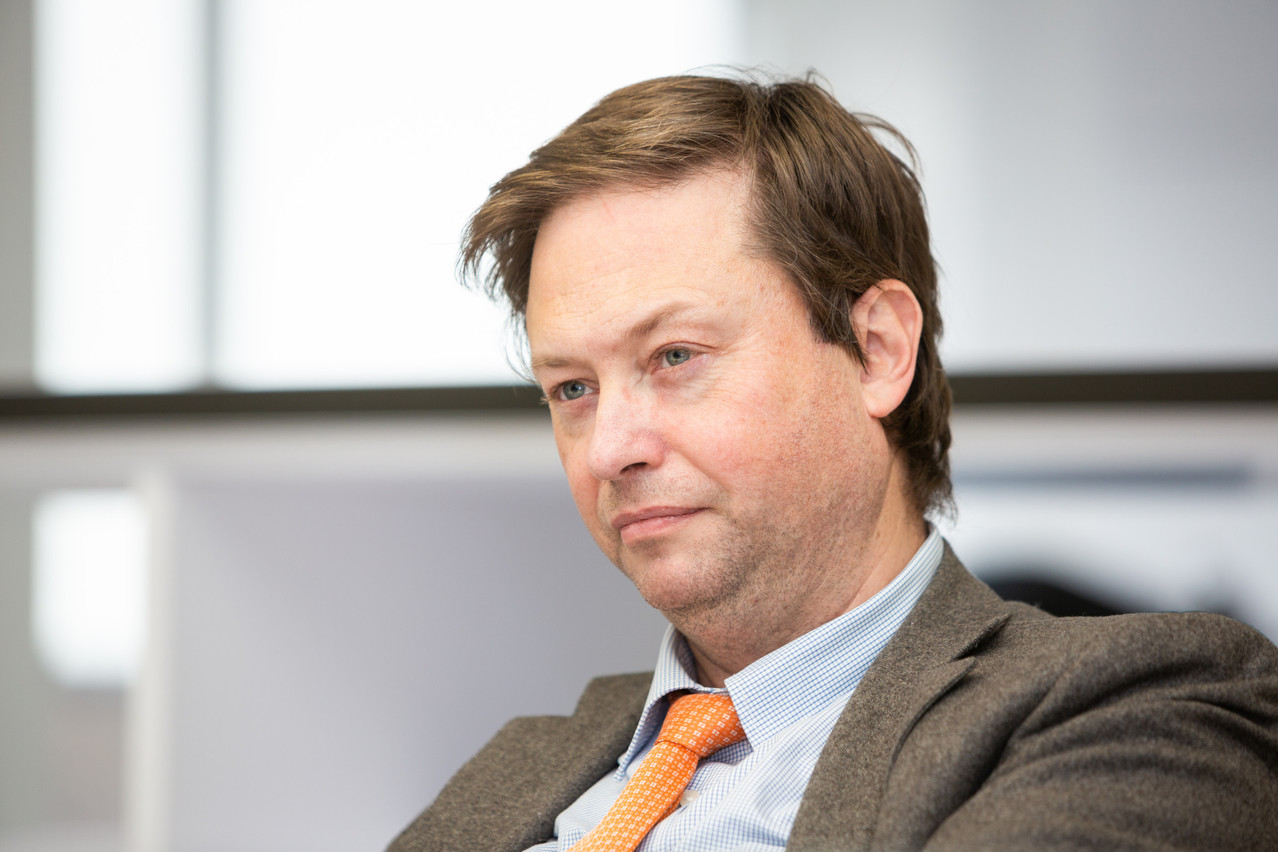Apart from inflation, the other issue that worries investors is the extremely low policy rates applied by central banks, which have to play both sides of the fence. The maintenance of monetary and financial equilibrium will largely depend on their decisions. Regular columnists at Paperjam and used to the exercise, Olivier Goemans, portfolio manager, advisory coordinator and head of sustainable investments at BIL, Jean-François Jacquet, head of investments at Quintet Private Banking, Philippe Ledent, expert economist at ING Belux, and Alexandre Gauthy, macro-economist and head of investments at Degroof Petercam Luxembourg, give us their analysis for 2022.
On 15 December, the Fed (US Federal Reserve) announced that it would end its asset purchase programme as of next March (instead of June) with a reduction of $30bn per month, compared to $15bn previously. This is a necessary step before the gradual increase in its key rates. The latter should take place in three phases over the year 2022, and three others in 2023 (whereas it should have started in 2023).
The ECB (European Central Bank) seems to want to give itself more time... As Jacquet predicted on 15 December: "Rates are currently historically low, and inflation is at its highest. This could push the Fed to tighten its monetary policy from the beginning of 2022 by first ceasing asset purchases at the end of the first quarter, then gradually raising rates for the rest of the year. The ECB, for its part, has not announced a rate hike in 2022."
For Ledent, "the ECB will probably wait until 2023 to keep rates as low as possible in a context of high inflation. An environment that would remain favourable to public finances. Goemans adds: "This is a calibration exercise, which oscillates between two, sometimes three annual increases depending on the news on variants, among other things. The idea is not to slow down, just to stop accelerating. The first objective of the Fed today is to anchor these inflation expectations. Regarding the ECB and low rates, it will be interesting to see how this will impact the credit market in Europe. Can it change the supply/demand situation, or not?”
Asset purchase: a smooth transition
The other aspect concerns asset purchases, a subject on which the ECB will, according to Ledent, still have to take a position in 2022: "We can already start discussions because the PEPP is coming to an end (emergency purchase programme in the face of the pandemic, worth €1,850bn, due to expire in March, editor's note) and the ECB must decide, in December, on its future and on another asset purchase programme. Greece will also have to be included, and we are thinking more of a new, post-pandemic PEPP to do things smoothly." At the time of writing (21 December 2021), the ECB has announced that it is not renewing the PEPP, but extending it until May, for a smoother transition. It is therefore not excluded that other announcements will be made in the direction of what Ledent imagines between now and then.
If we look at the evolution of long-term rates, we can reasonably imagine that the bond market will drag the US economy into recession.
Alexandre Gauthy explains why the Fed's reduced asset purchase will give monetary policy more flexibility. "If you look at monetary policy in relation to the economic situation, you have US short-term rates at 0.025%. If we adjust for inflation, we have real short-term rates at an all-time low of -6%. We are talking about wage inflation of 4 to 5% in the US, at a time when the US economy has caught up with its pre-crisis level and inflationary pressures are there. So the Fed needs to make a shift in its monetary policy and prepare the market for rate hikes. I would add that even if it raises rates three times in 2022, we will still be at short rates of around 0.7 or even 1%. If you take the long-term equilibrium rate, it's around 2.5% in the US, so rates will still be stimulative for the economy."
Holding the bond market lock
Central banks will therefore calibrate and adjust their short-term rates in 2022. But they do not have the upper hand on long rates (bonds and loans), as Goemans points out: "The paradox today is that the bond market is recessionary and looks at inflation expectations. When you look at the evolution of long rates, it is reasonable to imagine that the bond market will drag the US economy into recession." "The bond market is currently padlocked, and we just need the padlock to hold. The worst case scenario would be a bond crash that would create a panic. Even if the ECB stops buying assets, it will continue to invest all the assets that are coming to maturity. The pressure will continue for several more years," concludes Ledent.
The exchange market, the bond market and the equity market are in fact set on completely different scenarios. Central banks' credibility is therefore at stake in their ability to keep these different scenarios in a fragile balance between financial reality and expectations.
This story was first published in French on . It has been translated and edited for Delano.

